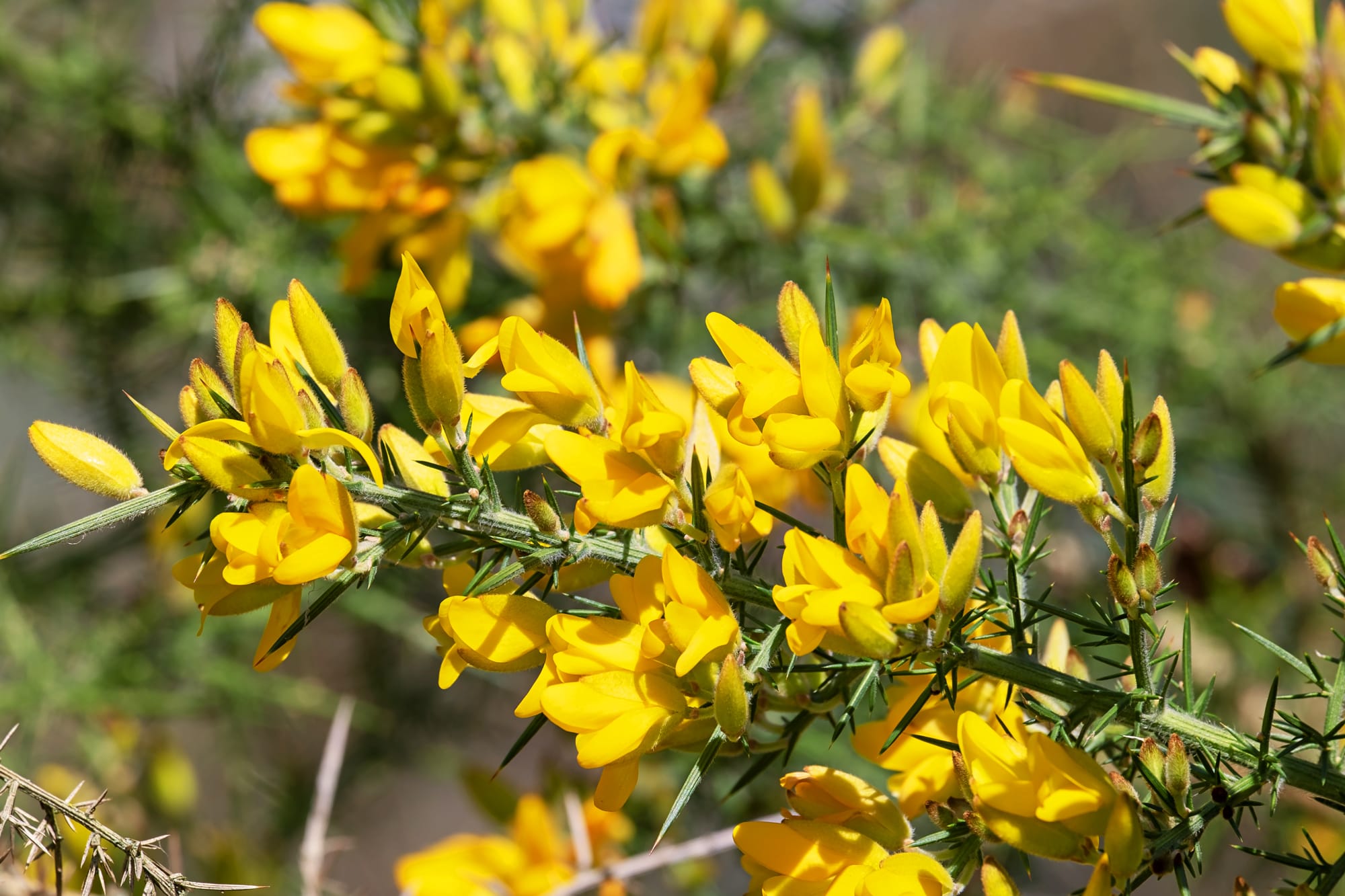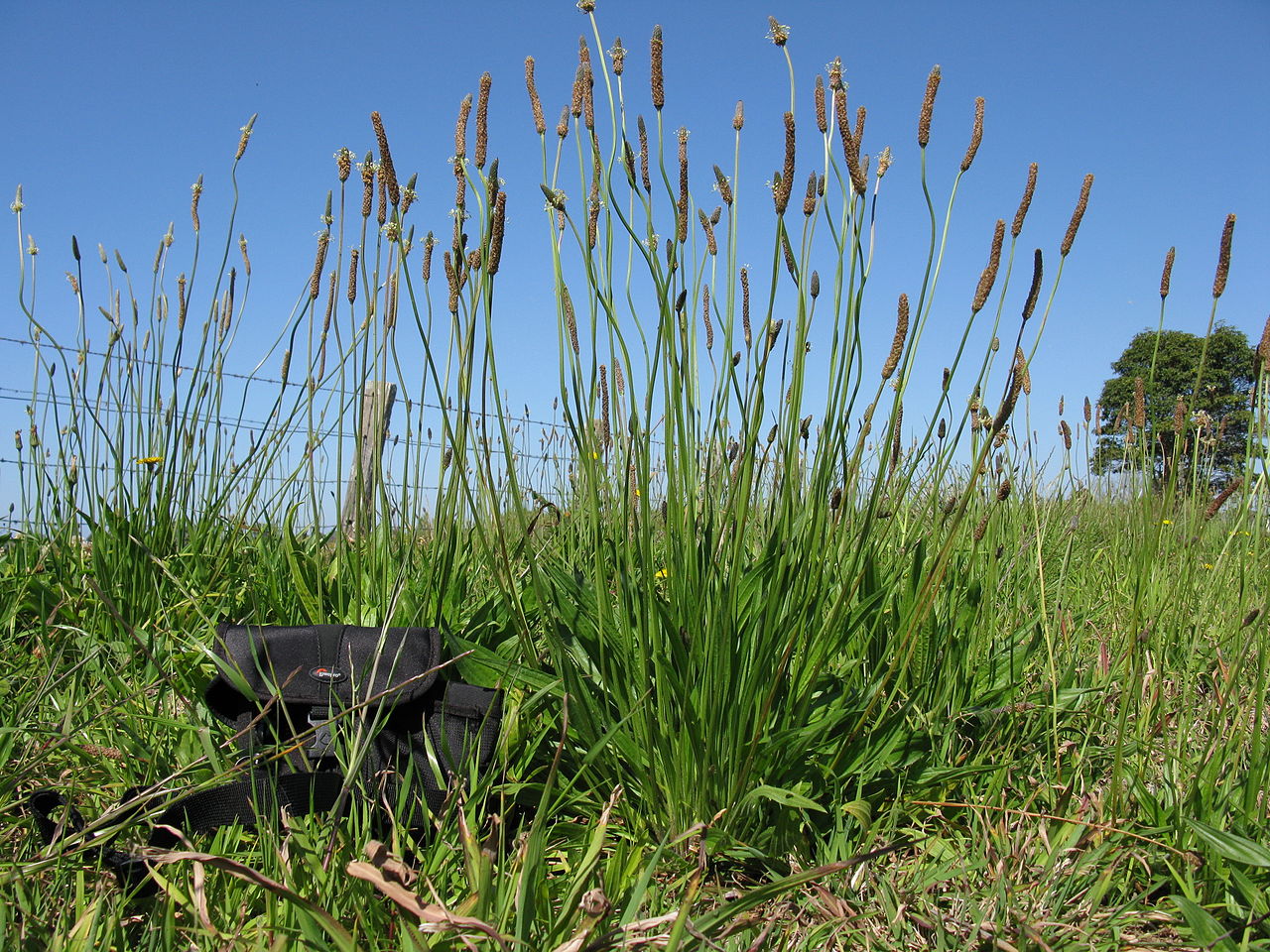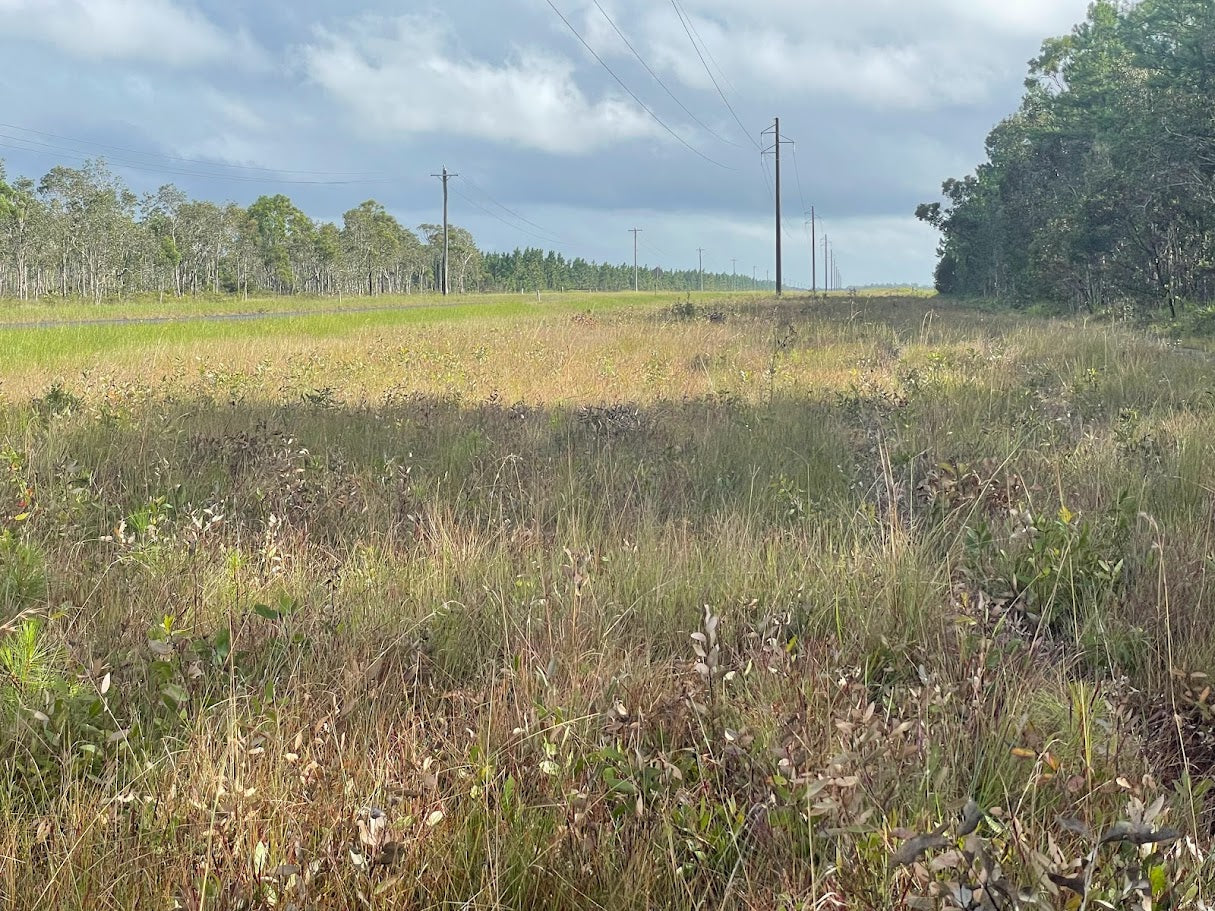
The Dynamic Duo: Triclopyr and Picloram in Woody Weed Control
The Dynamic Duo: Triclopyr and Picloram in Woody Weed Control Across Australia
Weeds, especially woody weeds, can pose significant challenges to the Australian landscape. To combat these persistent invaders effectively, herbicides like triclopyr and picloram have become invaluable tools. In this blog, we'll explore the success of these two actives in woody weed control in Australia, examining why they work well together, the weeds they target, and the breadth of control they provide.
Triclopyr and Picloram - A Synergistic Pair
Complementary Modes of Action
Triclopyr and picloram are herbicides with complementary modes of action. Triclopyr primarily targets broadleaf weeds, while picloram is highly effective against both broadleaf and woody weeds. When used together, they create a powerful synergy, broadening the spectrum of control.
Enhanced Efficacy
The combination of triclopyr and picloram provides better efficacy against challenging woody weed species. They penetrate plant tissues effectively, disrupting growth processes and ensuring thorough control.

Target Weeds
Woody Weeds
Triclopyr and picloram excel in controlling a wide range of woody weed species. These may include invasive trees and shrubs like blackberry (Rubus fruticosus), gorse (Ulex europaeus), and Scotch broom (Cytisus scoparius).
Weeds of National Significance
Many woody weeds targeted by these herbicides are classified as Weeds of National Significance and many more are declared under the various States legislation. Their aggressive growth habits can outcompete native vegetation and disrupt local ecosystems and primary production activities.
Breadth of Control
Versatile Application
Triclopyr and picloram can be applied through various methods, including foliar sprays, basal bark applications, and cut stump treatments. This versatility makes them suitable for different situations and weed types.
Residual Control
Both herbicides provide residual control, preventing regrowth and minimising the need for repeated applications. This is particularly valuable in managing woody weeds with extensive root systems.
Weeds on Label
Registered Weeds
Triclopyr and picloram are registered for use on a wide range of woody weed species in Australia. This means they have undergone rigorous testing and evaluation for safety and effectiveness against specific target weeds.
Weed Management Plans
These herbicides are integral components of weed management plans developed by government agencies, land managers, and environmental organisations. Their inclusion reflects their proven track record in controlling woody weed infestations.

Environmental Considerations
Responsible Use
While triclopyr and picloram are powerful tools in woody weed control, they must be used responsibly to minimise environmental impact. Adherence to label instructions, proper application techniques, and consideration of non-target species are essential.
Integrated Weed Management
Integrated weed management (IWM) approaches that combine herbicide use with other control methods like biological control and mechanical removal are encouraged to achieve sustainable, long-term weed management.
Triclopyr and picloram are a dynamic duo in the fight against woody weeds across Australia. Their complementary modes of action, versatility in application, broad spectrum of control, and registration for numerous target weeds make them invaluable assets in weed management plans.
However, their use must always be guided by responsible practices to safeguard the environment and achieve sustainable weed control outcomes.
Additional content
VIEW GWS' ADDITIONAL CONTENT TO LEARN MORE ABOUT THE WEED INDUSTRY

Water pH and the Performance of Weak Acid Herbicides
Weak-acid herbicides must remain in their non-ionised (acid) form to move efficiently through the plant cuticle. When spray water is too alkaline, the herbicide molecule becomes ionised.
Read more
Towards Modern Vegetation Management: Solutions for Australia’s Linear Infrastructure
Understanding the Changing Vegetation Challenge Vegetation management across Australia’s linear infrastructure corridors is becoming increasingly complex. Roads, rail corridors, gas pipelines, elec...
Read more
Case Study: Parthenium Weed Hygiene
Introduction: The Necessity of Weed Hygiene Management Australia’s vast expanses and diverse land uses, from grazing pastures and cropping zones to natural bushland and urban corridors are u...
Read more
